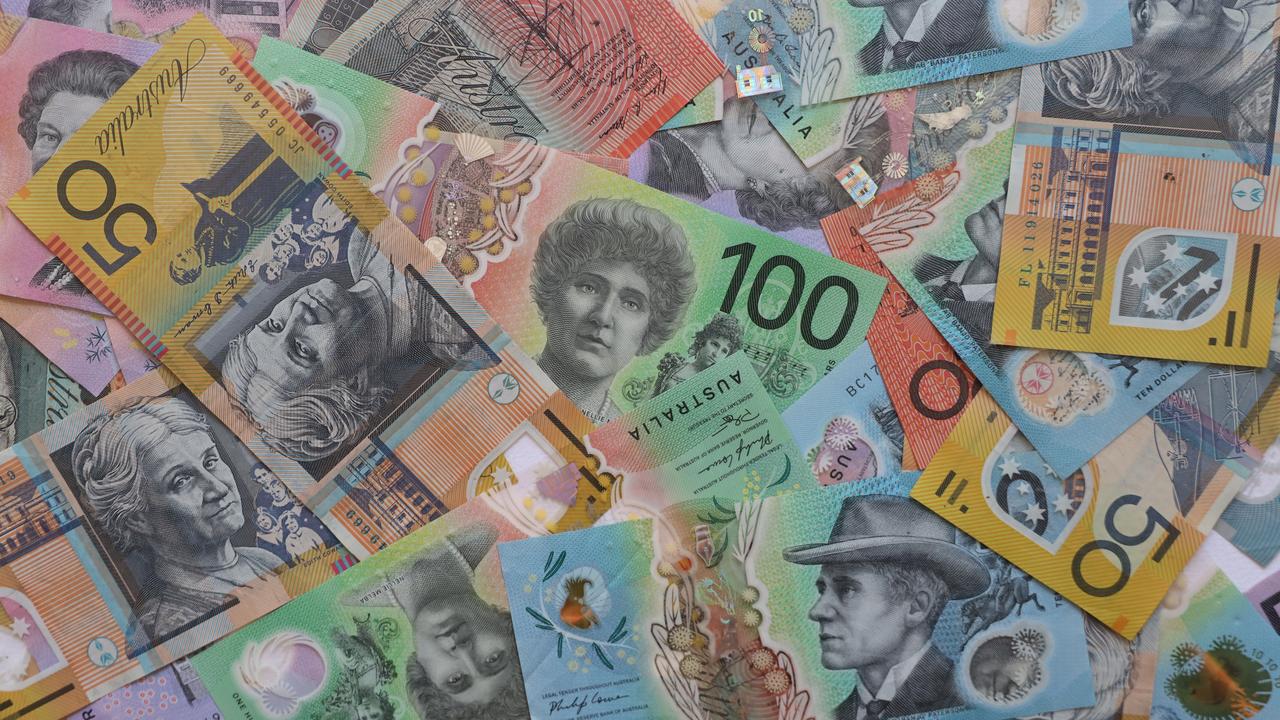When the RBA could finally cut interest rates after brutal rate hike cycle
They’re questions we all want answered – how long rates will stay high, when they’ll be cut and by how much. But the news isn’t good.
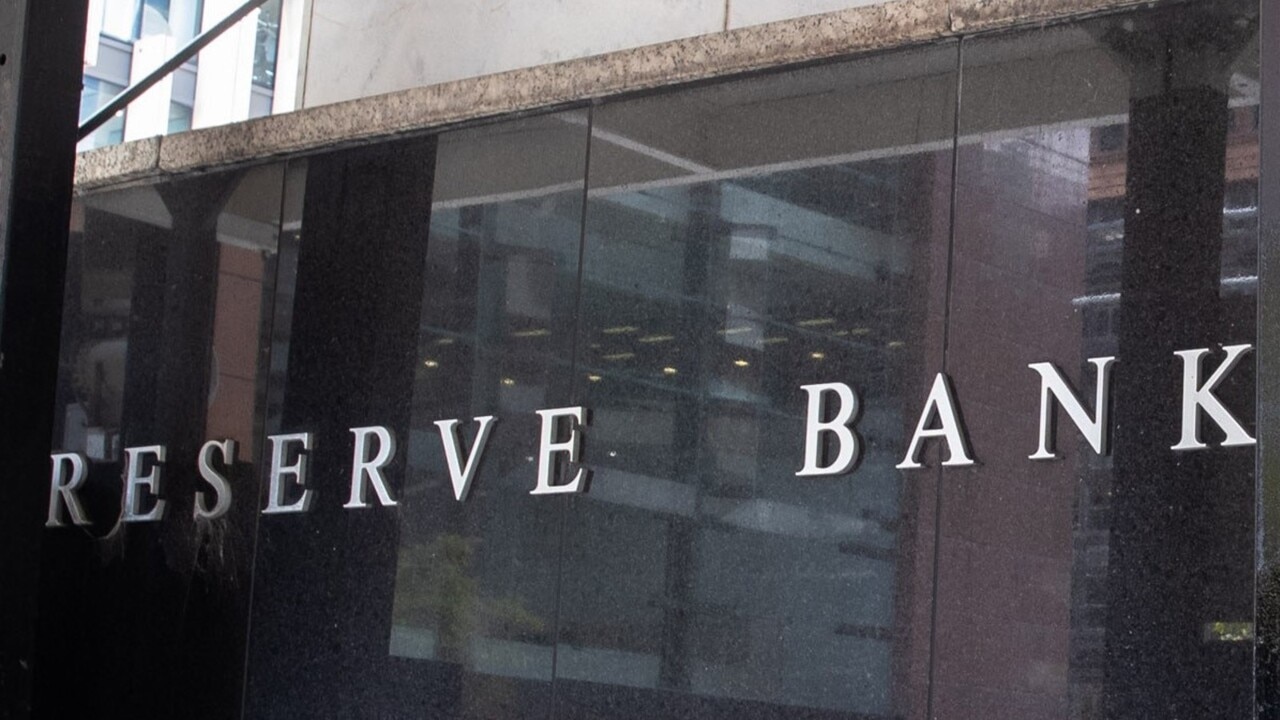
Interest Rates
Don't miss out on the headlines from Interest Rates. Followed categories will be added to My News.
Since before the RBA began raising interest rates in May last year, analysts and commentators have been attempting to predict the peak of the cash rate and when interest rates would start coming down.
Over the past two years, that task has been more than a little bit challenging.
From predictions of a peak RBA cash rate of 1.25 per cent to forecasts of rate cuts pencilled in for around now, there are precious few who have managed to accurately predict the path of Australian interest rates.
In order to gain some perspective on how long rates could stay high, when they may end up being cut and by how much, we’ll be taking a look at historic interest rate cycles over the past 60 years.
Given that the RBA cash rate departed from being a direct 1 to 1 proxy for mortgage rates over 30 years ago, the focus will be placed on RBA records of the benchmark standard variable rate for owner occupiers.
It’s worth noting that in some instances, the peak of mortgage rates occurred slightly later than the peak in the RBA cash rate. This is due to banks raising rates “out of cycle” without prompting by the RBA.
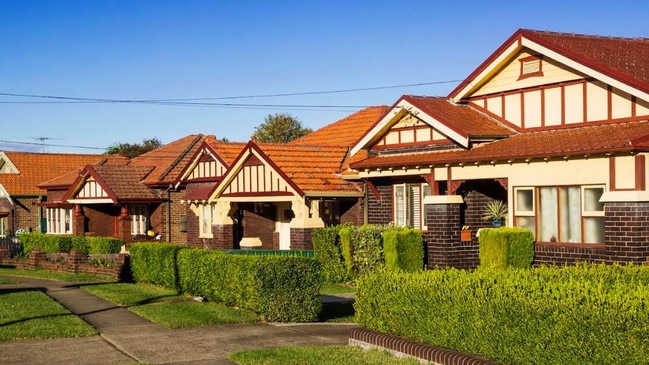
Since 1963, there have been 11 rate cut cycles, ranging from a cut of 0.25 per cent in 1972 and 1975, to an 8.25 per cent reduction in the cash rate between 1990 and 1993.
The duration of rate cut cycles has been equally variable, with the three rate cut cycles of the 1960s and early 1970s lasting just one month and the latest rate cut cycle starting in 2011 lasting 102 months.
The overall average for the duration of an RBA rate cut cycle is 24 months, from peak to trough.
The time between mortgage rates hitting their cyclical peak and the RBA cutting interest rates has also been a highly mixed bag of results over time.
The shortest time at peak rates was recorded in 2008, when mortgage rates remained at cyclical highs for just three months. Meanwhile, the longest mortgage rates were held at their peak was recorded following the 1986-1987 rate rise cycle, with rates staying high for 16 months.
On average, interest rates have stayed at their cyclical peak for just 9.8 months in rate cut cycles over the past 50 years.

Rate cuts – a matter of degrees
Given the high degree of variability from the absolute peak of Australian interest rates over the decades, the impact of a 0.25 per cent or 0.5 per cent on interest and overall mortgage repayments has varied dramatically over time.
Across all the various cycles, the smallest reduction in mortgage repayments occurred during the 1975 rate cut cycle, when they fell by just 2.3 per cent after a 0.25 per cent rate cut.
At the other end of the spectrum, mortgage repayments fell by 44.5 per cent between 1990 and 1993, during which time mortgage rates fell by 8.25 per cent.
Over all the various rate cut cycles, the average reduction in mortgage repayments was 18.0 per cent.
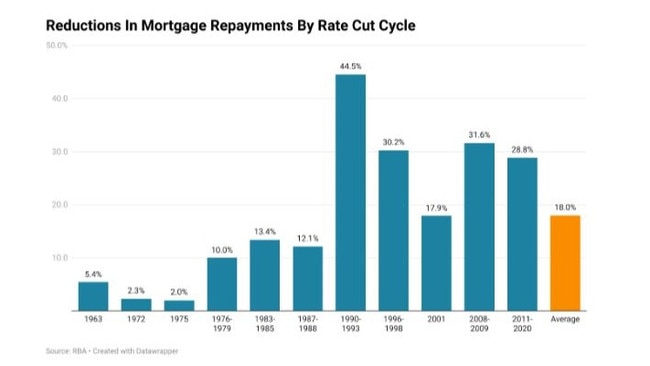
Estimating how much interest rates will eventually be cut following the conclusion of the current interest rate rise cycle is an open question and defined by uncertainty. But what we can do is look at how much rates were cut by relative terms at both the average and the extreme, and superimpose that on to today’s mortgage rates.
Changes from here
Currently, a peak owner-occupier variable mortgage rate of around 6.5 per cent is widely tipped, so that will be used as a starting point.
Based on an average rate cut cycle in relative terms, we could see mortgage rates to fall to around 5.0 per cent.
If the rate cut cycle of the relative size that followed the 1990s recession were to be repeated, then mortgage rates could fall to around 3.35 per cent.
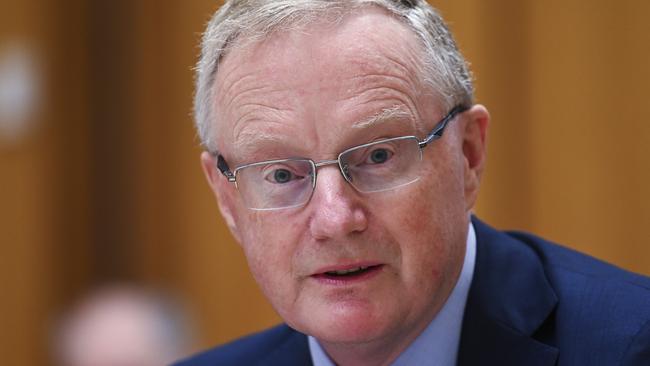
The outlook
If history is any guide, bar some sort of economic event requiring an even deeper rate cut cycle than the one following the last pre-Covid recession, the days of sub 3.25 per cent mortgage rates may be in the past, at least for now.
Considering the RBA cash rate was 0.1 per cent prior to the current rate rise and 0.75 per cent before to the pandemic arrived on our shores, an RBA rate cut cycle may not provide the same degree of relief from higher mortgage rates as it has in previous cycles.
While the reduction in mortgage rates will no doubt eventually be welcomed by mortgage holders, mortgage rates may not return to where they were prior to the pandemic and circumstances may continue to present challenges even after rates are cut.
Tarric Brooker is a freelance journalist and social commentator | @AvidCommentator
Originally published as When the RBA could finally cut interest rates after brutal rate hike cycle




